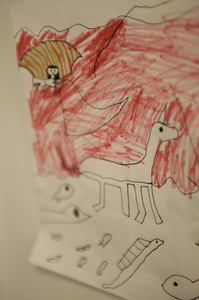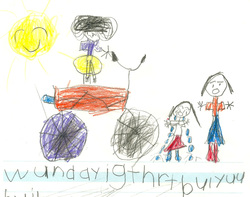Executive Function: Problem Solving Skills And
|
Here are more articles you might want to readStorytelling and Bookmaking Activities

The Importance of Self Care for Parents

Air Travel with Young Children: Airport, Airplane, and the Air Pressure?
Tips for Managing Parenting Anxiety
Understanding Your Child’s Sleep
Picture Journaling for Young Children

|
Copyright © 2011-2024: Sunny Im-Wang, Psy.D., S.S.P. All Rights Reserved.
DISCLAIMER: The information on this site is for general information only. This information should not be construed to be either formal psychological or medical advice or the formation of a professional relationship with the authors of any of this information.
Persons accessing this site are encouraged to seek independent professional advice regarding their individual issues.
DISCLAIMER: The information on this site is for general information only. This information should not be construed to be either formal psychological or medical advice or the formation of a professional relationship with the authors of any of this information.
Persons accessing this site are encouraged to seek independent professional advice regarding their individual issues.
